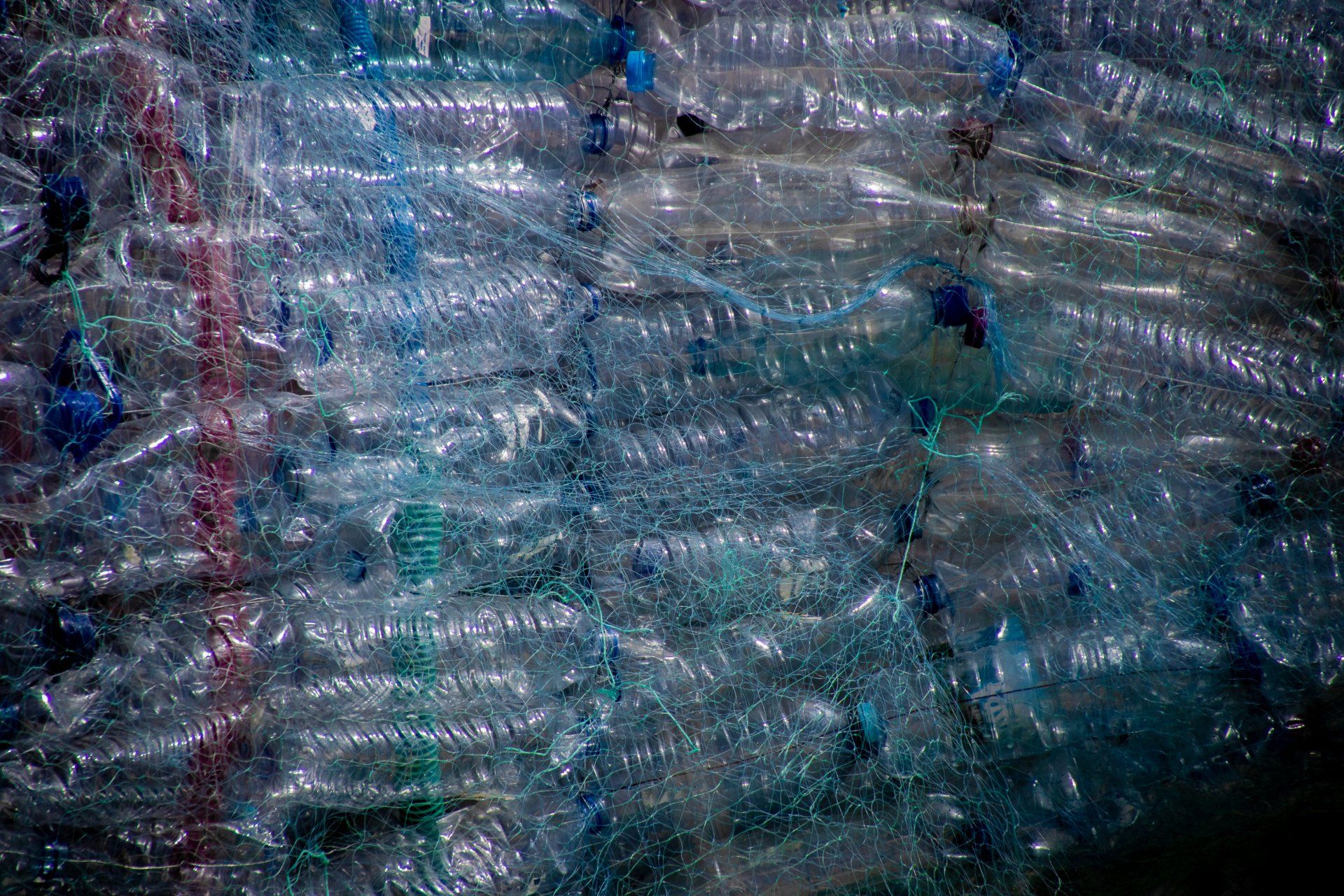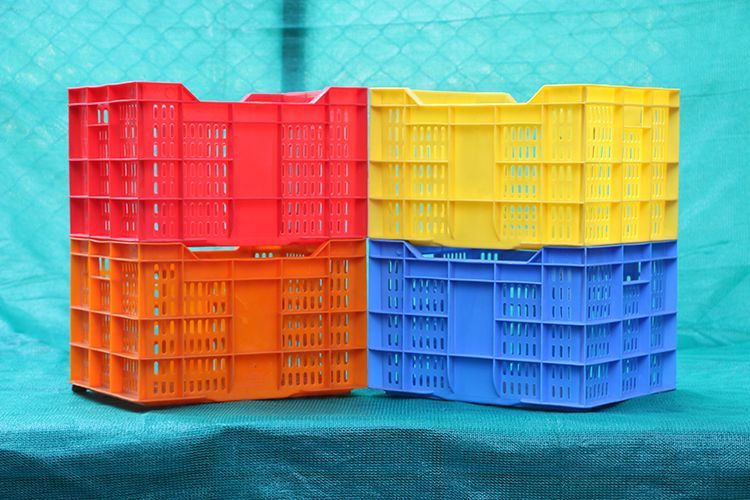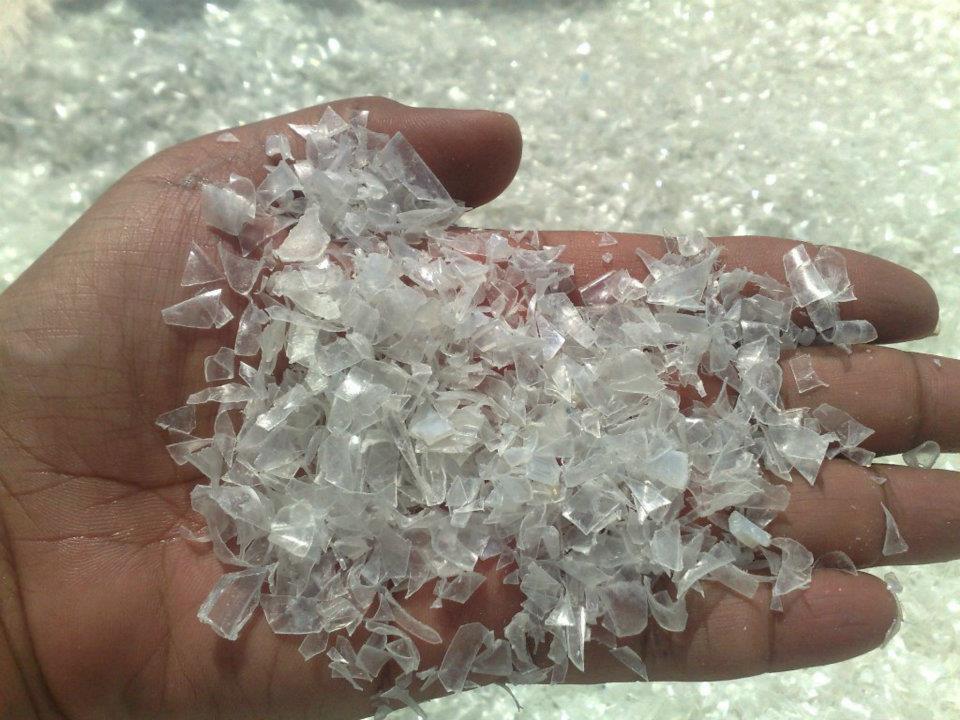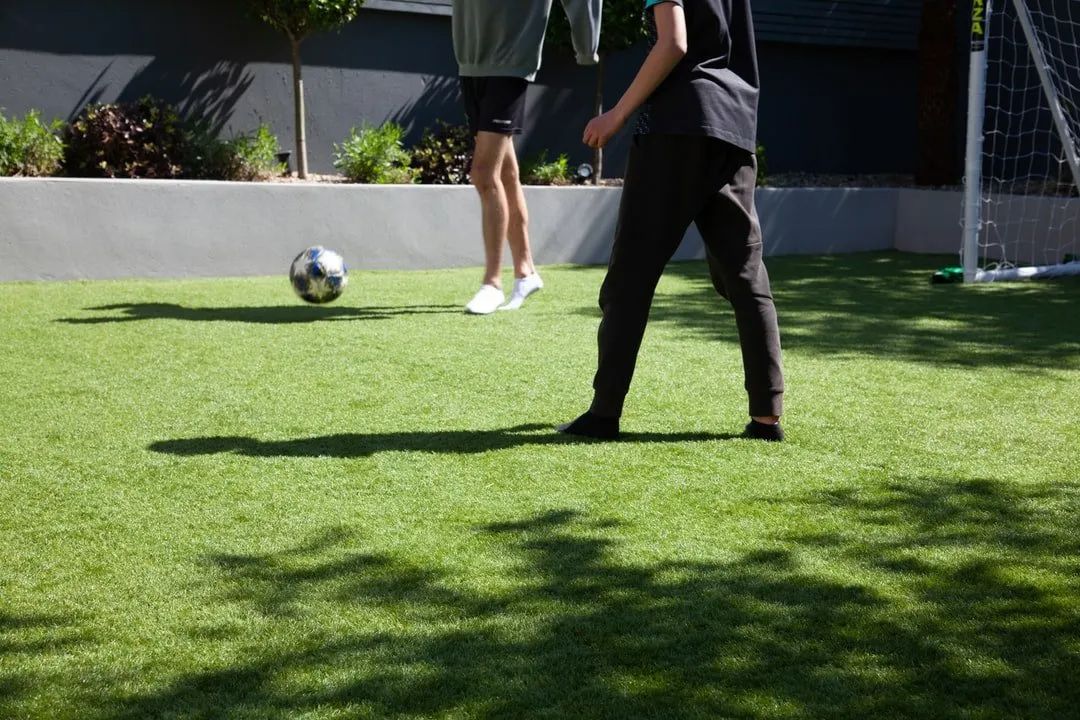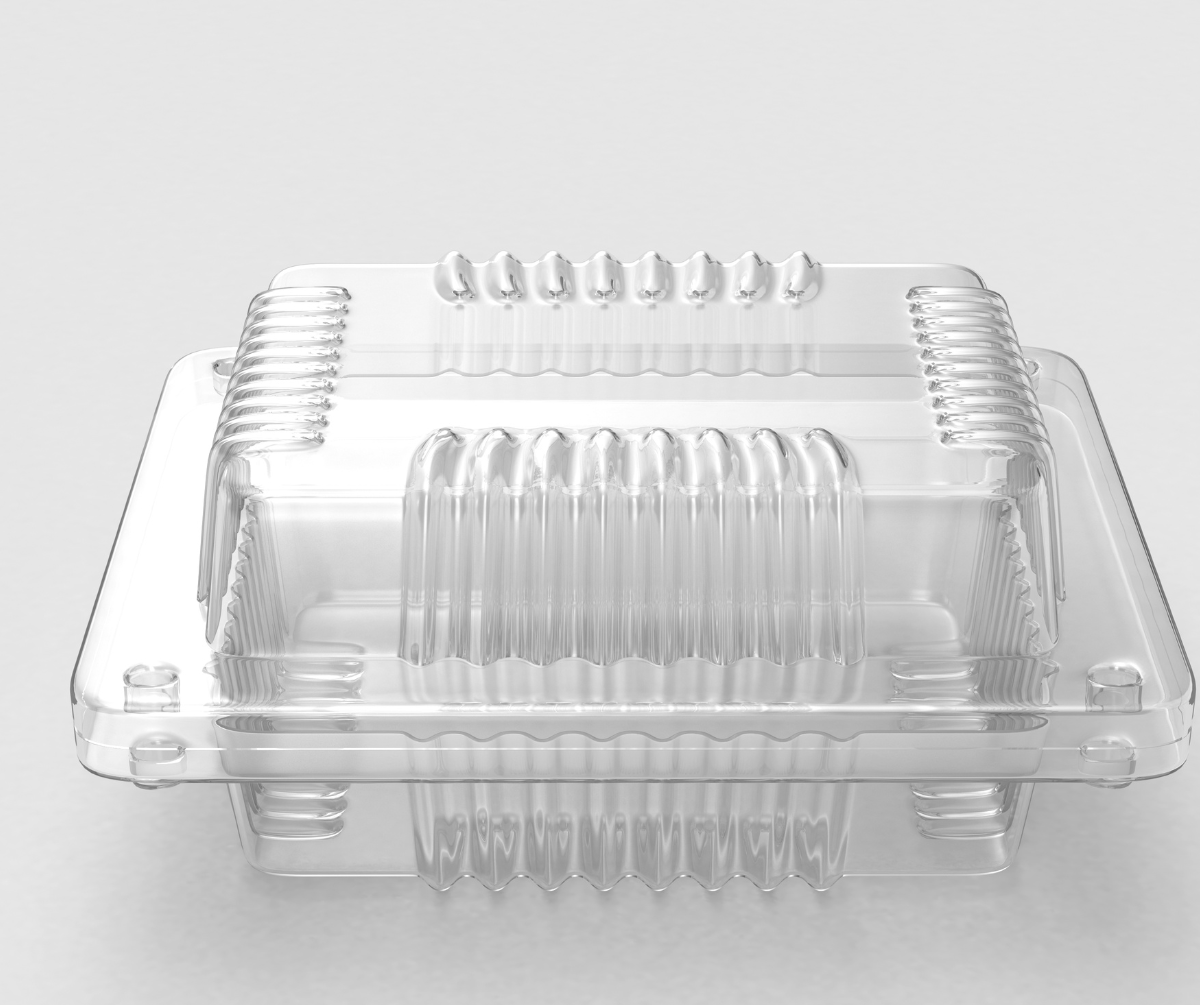Micro Plastics - The Invisible Enemy
There are several fascinating and surprising things about the Oceans around us - apart from the beauty and thriving marine life they are home to - the most recent addition to that list is billions of small teeny tiny bits of plastic called Microplastics. According to definition - microplastics are fragments of any type of plastic less than 5 mm in length.
How do they reach the sea?
Well, here is how -
Each year the rivers of the world carry millions of tons of plastic waste out into the oceans - as plastic waste that disintegrates on land, inevitably finds its way out to water, through rain and drainage. The issue has recently come into spotlight after a plastic garbage patch twice the size of France, was found on the Pacific Ocean. It even has its own name - The Great Pacific Garbage Patch. It is estimated to comprise of lines, ropes, and fishing nets. Most of this plastic will break down into smaller and smaller bits of plastic and eventually form something called micro-plastic. Tiny bits of plastic that have been found in more than 114 aquatic species - ranging from fish to molluscs and crabs. This slowly makes its way up the food chain as the smaller fish are eaten by the bigger and so on.
When it comes to humans, plastic food containers shed huge numbers of tiny specks — into hot water. Kettles and baby bottles also shed micro-plastic as shared by researchers, at Trinity College Dublin in a recent report. If parents prepare baby formula by shaking it up in hot water inside a plastic bottle, their infant might end up swallowing more than one million micro-plastic particles each day, the team calculated.
Is it Dangerous?
What researchers don’t yet know is the exact implications of their presence in the human body. Everyone eats and inhales sand and dust, and it’s not clear if an extra diet of plastic specks will harm us. One thing we know for sure, there is no avoiding it. Microplastics have been detected in most drinking water samples across the globe. And scientists have also discovered microplastics in human tissues and organs. The long term impact and health implications for finding these small bits of plastic inside the human body are still uncertain.
What are the known effects of Microplastic ?
Studies conducted have shown that Micro-plastic consumption has had effects on reproductive cycles in Rats. Zooplankton, for instance, among the smallest marine organisms, grow more slowly and reproduce less successfully in the presence of micro-plastics, says Penelope Lindeque, a marine biologist at the Plymouth Marine Laboratory, UK. Post the consumption of the microfibres - the animals’ eggs are smaller and less likely to hatch. Her experiments show that the reproduction problems stem from the zooplankton not eating enough food, as they confuse plastic for food. This issue works its way up the food chain and impacts the Marine ecological chain in a systematic, lethal manner.
What is ‘The Nano Fraction’?
Particles that are small enough to penetrate and hang around in tissues, or even cells, are the most worrying kind, and warrant more attention in environmental sampling. These are called nanoparticles.We know almost nothing about nano-plastics; they are invisible and cannot simply be scooped up. Merely figuring out how to measure them has scientists stumped. One study conducted on pregnant mice post inhaling extremely tiny particles, for instance, later found the particles in almost every organ in their foetuses. According to researchers that is where the real risk is, and that’s where we need more data.
To enter cells, particles generally need to be smaller than a few hundred nanometres. There was no formal definition of a nano plastic until 2018, when French researchers proposed the upper size limit of 1 μm — tiny enough to remain dispersed through a water column where organisms can more easily consume them, instead of sinking or floating as larger micro-plastics do, according to Alexandra Ter Halle, an analytical chemist at Paul Sabatier University in Toulouse, France.
Researchers have so far used optical microscopes and spectrometers — which distinguish between particles by their differing interactions with light — to measure the length, width and chemical make up of plastic particles down to a few micrometres. Below that scale, plastic particles become difficult to distinguish from non-plastic particles such as marine sediment or biological cells.
“You’re looking for the needle in the haystack, but the needle looks like the hay,” says Roman Lehner, a nano materials scientist at the Sail and Explore Association, a Swiss non-profit research group.
Where all has Microplastic been found?
What can we do to help?
Recycling as much plastic as is possible controls the amount of waste plastic in the environment and curbs production of new plastic. Hence, for starters, using products that have been recycled at least once is a good idea. Finding creative ways to reuse plastic will also reduce the load on plastic waste management companies.
Conclusion
We need to stop pointing fingers and recognise that we are the problem. Nobody is going to clean up the mess you make - no Government - no NGO, no Big Tech will be sorting anything out for us. Each individual has to take their own responsibility. So we have to be more aware while making everyday choices and not fall prey to reckless consumerism. There is really no nicer way to say this. Make mindful decisions, and let’s try not being in a hurry all the time. Enjoy your time on the planet and respect Nature’s ways, well at least till we make it all the way to Mars :)

